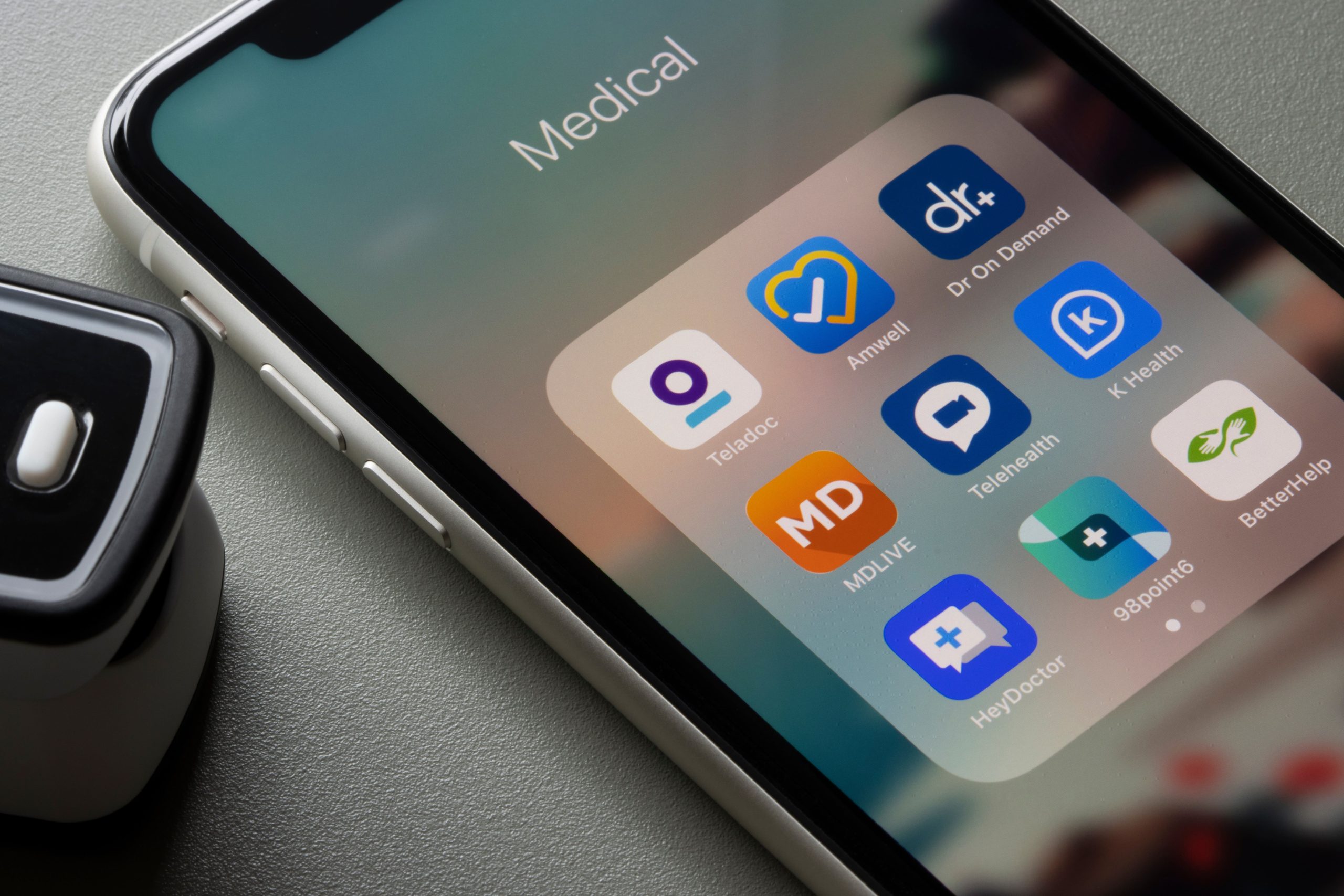
The issue of chronic disease is imposing a mounting burden on healthcare systems around the world and is set to become a defining healthcare challenge of this generation. Against this rising tide of challenges, healthcare systems are increasingly looking to leverage the rapid innovation in digital technologies for disease management solutions.
Digital therapeutics (DTx), defined as software-driven evidence-based therapy, has emerged as a prominent digital health sector in the last decade, with solutions being developed and implemented for a rapidly expanding list of conditions. Examples include chronic diseases, mental health disorders, neurological conditions and behavioural and lifestyle-related conditions. Seeing the opportunities in the sector, both innovative start-ups and established healthcare incumbents are moving in, striving to disrupt the disease management space, with the global DTx market now predicted to grow to $55.8 billion by 2027.
The rapid pace of development of the DTx sector has been reflected in a corresponding acceleration in patent filings. Companies are proactively seeking to protect their innovation and secure broad protection for potentially foundational concepts that could secure a significant competitive advantage as this relatively new field matures. While the US is clearly still the dominant market for DTx companies and has a well-established regulatory framework for these technologies, Europe has emerged as the second leading DTx market and a key jurisdiction for patent filings.
Against this backdrop, it is crucial for applicants to note that, relative to the US, the European Patent Office (EPO) has a very different approach to assessing DTx inventions. These technologies typically fall at the intersection of several complex areas of European patent law, including the EPO’s restrictions on patenting computer-implemented inventions and the restrictions on patenting methods for the treatment by therapy. It is essential that applicants and their patent advisors fully understand these restrictions to navigate this complex legal landscape and obtain the broadest patent protection that their innovation warrants.
At GJE, we have surveyed the current examination practices of the EPO to DTx inventions, by reviewing a wide range of applications in this area of technology, by many of the leading applicants. Based on the results of this research and our sector-leading experience in the field of computer-implemented inventions, we have published a whitepaper explaining the current approach to assessing DTx inventions. We go on to provide advice on how best to strengthen patent applications in this field.
Click here to download our whitepaper, Digital therapeutics: patent strategy in Europe.
If you would like to discuss the contents of the report, or have any queries on patent protection in the field of DTx or digital healthtech more generally, please contact Jack Severs: jack.severs@gje.com.


